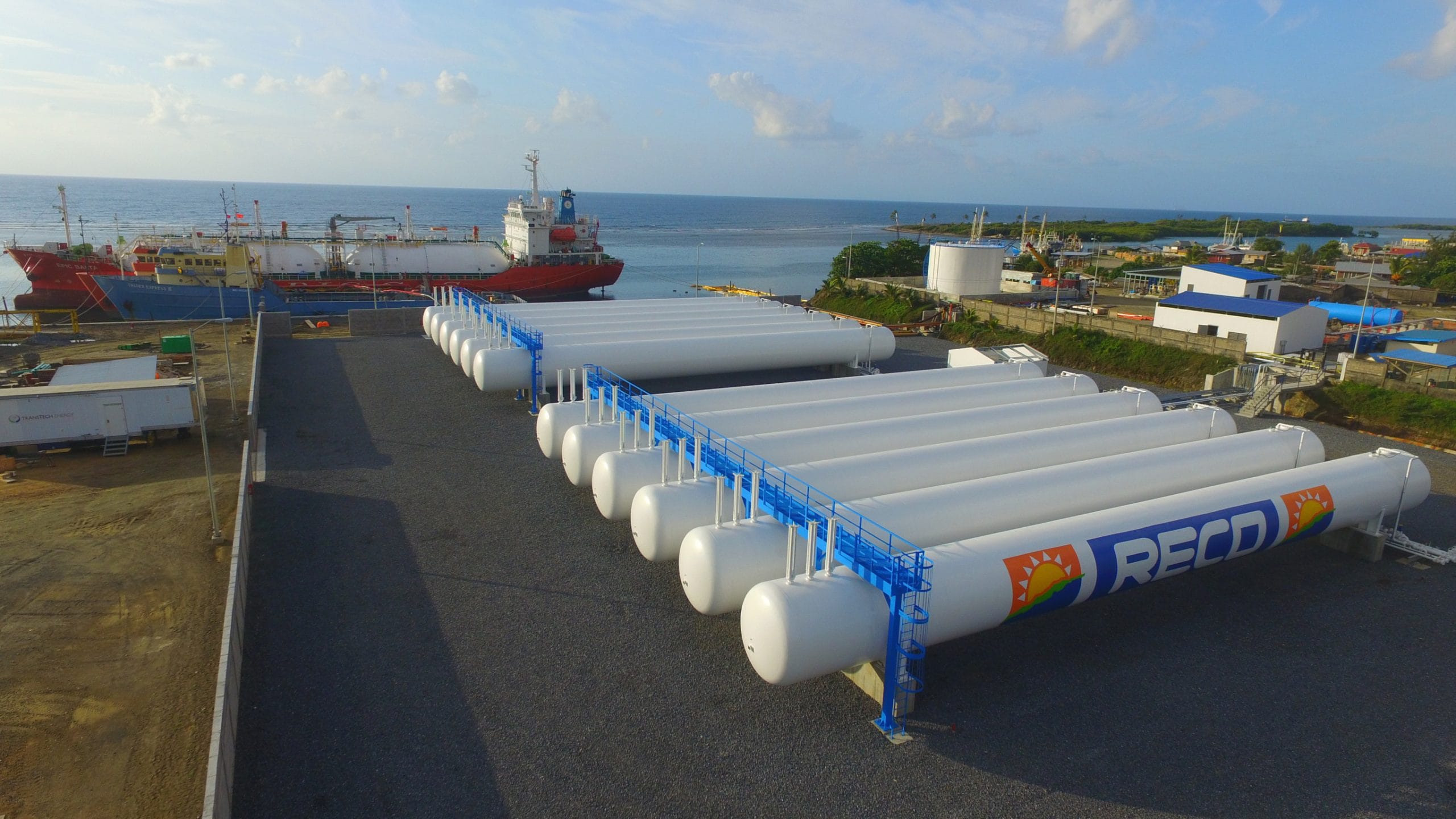Loading Platforms & Safety Access Platform Systems
Whether your employees need access to the top of a railcar or truck, monitoring station, or overhead equipment requiring maintenance, fall protection access platforms equipped with stairs, guardrails, stairs and a gangway system offer an OSHA compliant solution that maximizes worker productivity. Loading platforms, stairs, and gangways are simple, easy-to-use passive fall restraint systems designed to prevent slips and accidents before they happen. Whether your safety requirements call for a custom design or a pre-engineered tanker truck or railcar loading platform system, we have a solution to fit your needs and specific budget.



Loading Platforms, Stairs & Gangways

Loading Platforms, Stairs & Gangways

Loading Platforms, Stairs & Gangways

Loading Platforms, Stairs & Gangways

Loading Platforms, Stairs & Gangways

Loading Platforms, Stairs & Gangways

Loading Platforms, Stairs & Gangways

Loading Platforms, Stairs & Gangways

Loading Platforms, Stairs & Gangways

Loading Platforms, Stairs & Gangways

Loading Platforms, Stairs & Gangways

Loading Platforms, Stairs & Gangways

Loading Platforms, Stairs & Gangways

Loading Platforms, Stairs & Gangways

Loading Platforms, Stairs & Gangways

Loading Platforms, Stairs & Gangways

Loading Platforms, Stairs & Gangways


We are a complete turnkey provider of OSHA compliant loading platform systems and have years of design, manufacture, and installation experience. Contact us for expert assistance with your fall arrest, fall restraint and fall protection requirements
Design Considerations
Tanker Truck and Railcar Loading Platform, Stairs, and Gangway Fall Protection Design Considerations
Access platform designs range from single station installations to complex, multi-unit systems. For loading and unloading applications, the access platform’s height must allow sufficient clearance for railcars, tankers, and trucks commonly serviced. For platforms not erected on concrete pads, care must be taken to provide a sufficient foundation to support the weight of the unit. Non-skid grating and guardrails are utilized for both the stairs and the elevated work area; secure footing is particularly important for outdoor installations. The use of guardrail and toeboards keep workers safe while working at heights and prevent tools and materials from falling and striking personnel beneath the work area. Gangways with guardrails provide safe access for employees as they leave the security of the elevated access platform to perform tasks on top of railcars, tankers, and trailers. Fold away gangway design allows for additional clearance when the access platform is not in use. In some instances, rigid beam systems or horizontal lifelines are used in conjunction with the access platform.
FACT: Over 70 percent of end users purchasing fall protection systems for use over rail cars and truck trailers order access platforms with lightweight gangways as part of the project. A gangway, sometimes referred to as a ramp or open stairway, allows users to safely access truck and railcar loading sites. Custom size platforms fabricated to meet your specifications are available painted or hot dipped galvanized.
Please note: to provide complete worker safety your situation may also require the addition of fall restraint equipment and/or fall arrest devices.
OSHA Regulations
- Personal Fall Arrest Systems System performance criteria. In addition to the general requirements in paragraph (c) of this section, the employer must ensure that personal fall arrest systems: 1910.140(d)(1)(i)
- Limit the maximum arresting force on the employee to 1,800 pounds (8 kN); 1910.140(d)(1)(ii)
- Bring the employee to a complete stop and limit the maximum deceleration distance the employee travels to 3.5 feet (1.1 m); 1910.140(d)(1)(iii)
- Have sufficient strength to withstand twice the potential impact energy of the employee free falling a distance of 6 feet (1.8 m), or the free fall distance permitted by the system; and... 1910.140(d)(1)(iv)
- Sustain the employee within the system/strap configuration without making contact with the employee's neck and chin area. 1910.140(d)(1)(v)
- On any horizontal lifeline that may become a vertical lifeline, the device used to connect to the horizontal lifeline is capable of locking in both directions on the lifeline. 1910.140(d)(2)(ii)
- Personal fall arrest systems are rigged in such a manner that the employee cannot free fall more than 6 feet (1.8 m) or contact a lower level. A free fall may be more than 6 feet (1.8 m) provided the employer can demonstrate the manufacturer designed the system to allow a free fall of more than 6 feet and tested the system to ensure a maximum arresting force of 1,800 pounds (8 kN) is not exceeded. 1910.140(d)(3)
- Body belts. Body belts are prohibited as part of a personal fall arrest system.
- Guardrail
- 1926.502(b)(1) Top edge height of top rails, or equivalent guardrail system members, shall be 42 inches (1.1 m) plus or minus 3 inches (8 cm) above the walking/working level. When conditions warrant, the height of the top edge may exceed the 45-inch height, provided the guardrail system meets all other criteria of this paragraph.
- 1926.502(b)(2)(i) Midrails, when used, shall be installed at a height midway between the top edge of the guardrail system and the walking/working level.
- 1926.502(b)(3) Guardrail systems shall be capable of withstanding, without failure, a force of at least 200 pounds (890 N) applied within 2 inches (5.1 cm) of the top edge, in any outward or downward direction, at any point along the top edge.
- 1926.502(b)(5) Midrails, screens, mesh, intermediate vertical members, solid panels, and equivalent structural members shall be capable of withstanding, without failure, a force of at least 150 pounds (666 N) applied in any downward or outward direction at any point along the midrail or other member.
- Stairs
- 1910.23(e) 'Railing, toe boards, and cover specifications.'
- 1910.23(e)(1) A standard railing shall consist of top rail, intermediate rail, and posts, and shall have a vertical height of 42 inches nominal from upper surface of top rail to floor, platform, runway, or ramp level. The top rail shall be smooth-surfaced throughout the length of the railing. The intermediate rail shall be approximately halfway between the top rail and the floor, platform, runway, or ramp. The ends of the rails shall not overhang the terminal posts except where such overhang does not constitute a projection hazard.
- 1910.23(e)(2) A stair railing shall be of construction similar to a standard railing but the vertical height shall be not more than 34 inches nor less than 30 inches from upper surface of top rail to surface of tread in line with face of riser at forward edge of tread.
- 1910.23(e)(3)(iv) The anchoring of posts and framing of members for railings of all types shall be of such construction that the completed structure shall be capable of withstanding a load of at least 200 pounds applied in any direction at any point on the top rail.
- 1910.23(e)(4) A standard toeboard shall be 4 inches nominal in vertical height from its top edge to the level of the floor, platform, runway, or ramp. It shall be securely fastened in place and with not more than 1/4-inch clearance above floor level. It may be made of any substantial material either solid or with openings not over 1 inch in greatest dimension. Where material is piled to such height that a standard toeboard does not provide protection, paneling from floor to intermediate rail, or to top rail shall be provided.
- 1910.23(e)(5)(i) A handrail shall consist of a lengthwise member mounted directly on a wall or partition by means of brackets attached to the lower side of the handrail so as to offer no obstruction to a smooth surface along the top and both sides of the handrail. The handrail shall be of rounded or other section that will furnish an adequate handhold for anyone grasping it to avoid falling. The ends of the handrail should be turned in to the supporting wall or otherwise arranged so as not to constitute a projection hazard.
- 1910.23(e)(5)(ii) The height of handrails shall be not more than 34 inches nor less than 30 inches from upper surface of handrail to surface of tread in line with face of riser or to surface of ramp.
- 1910.23(e)(5)(iii) The size of handrails shall be: When of hardwood, at least 2 inches in diameter; when of metal pipe, at least 1 1/2 inches in diameter. The length of brackets shall be such as will give a clearance between handrail and wall or any projection thereon of at least 3 inches. The spacing of brackets shall not exceed 8 feet.
- 1910.23(e)(5)(iv) The mounting of handrails shall be such that the completed structure is capable of withstanding a load of at least 200 pounds applied in any direction at any point on the rail.
- 1910.23(e)(6) All handrails and railings shall be provided with a clearance of not less than 3 inches between the handrail or railing and any other object.
Applications
- Access Platform and Gangway System Applications
- Tarping loads on semi trailer or flatbed trucks.
- Filling or sampling loads from tanker trucks, bulk loading vehicles, or railroad cars.
- Maintenance and work on top of trains or other rail cars.
- Inspection and maintenance of equipment and instrumentation.
- Rooftop HVAC
- Cross over platforms
Talk to a fall protection specialist
Tell us about your fall protection needs, and we’ll configure a system that rises to your challenges.

